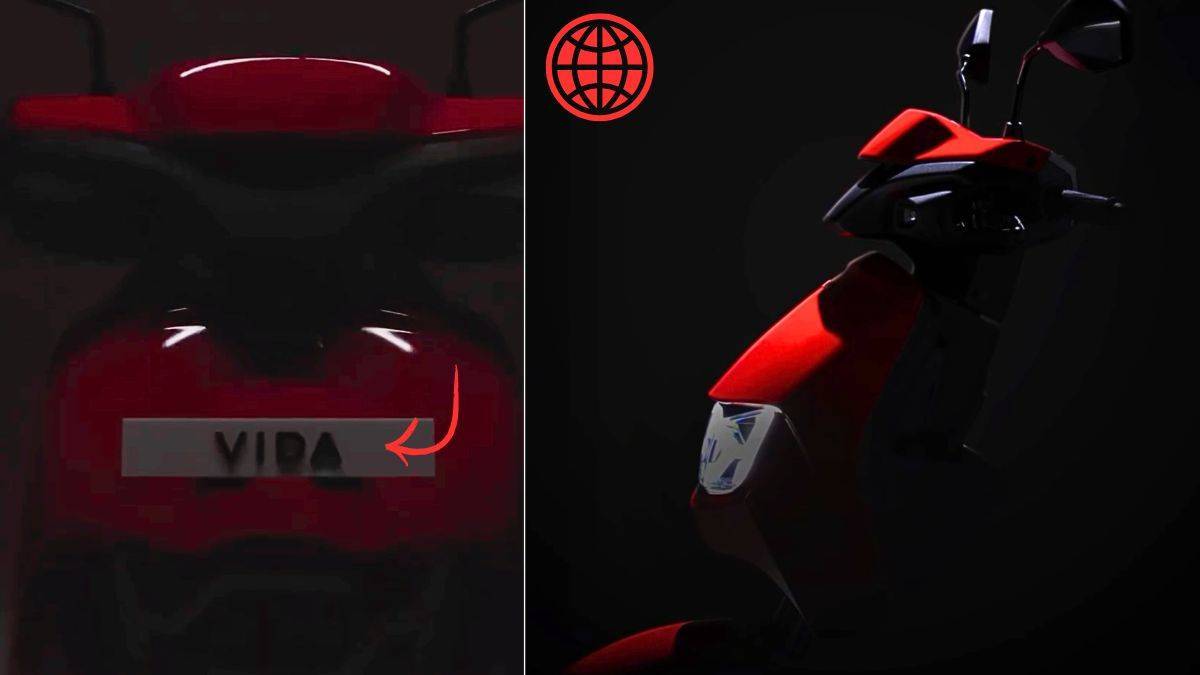Introduction
Imagine this: you’re digging through your pocket change, and among the pennies and nickels, you spot something unusual. That little coin could be worth thousands—or even millions! Rare coins are hiding out there in the USA, turning everyday transactions into treasure hunts. One famous example, the 1913 Liberty Head nickel, could fetch up to $28 million. Crazy, right? In this blog post, I’ll show you the most valuable coins to look for, how to find them, and what to do if you strike gold. Let’s explore the exciting world of rare coins together!
The 1913 Liberty Head Nickel: A Coin Collector’s Dream
The 1913 Liberty Head nickel tops the list as America’s rarest coin. Only five exist. Experts call it the “holy grail” of coin collecting because of its wild story. The U.S. Mint switched to the Buffalo nickel design in 1913, so no Liberty Head nickels should have been made that year. Yet, five slipped out under mysterious conditions. Nobody knows exactly how or why.
Back in 2010, one sold for $3.7 million at auction. Today, collectors estimate a top-condition version could go for $20 to $28 million. Finding one in your change is a long shot—nearly impossible, really—but it proves rare coins can hold insane value. Marcus Davidson, a coin expert with 30 years of experience, says, “It’s not just rare; it shouldn’t even exist.” That mystery keeps collectors hooked.
Rare Coins You Might Actually Find
You won’t stumble across a 1913 nickel every day, but other valuable coins pop up in circulation. Let’s check out some you could realistically spot.
1969-S Lincoln Cent (Doubled Die)
This penny has a special error called a “doubled die,” where the date and words look doubled up. The mistake happened during minting when the die shifted. Fewer than 100 are known, making it super rare. Collectors pay $50,000 to $75,000 for one, depending on its shape. Elizabeth Chen, a museum curator, notes, “People found these in their change years after they were made.” Check your pennies closely!
1972 Lincoln Cent (Doubled Die)
Another doubled die penny, the 1972 version, shows similar doubling. It’s less rare but still valuable—worth $500 to $3,000. These still turn up in pocket change sometimes. Keep an eye out for that blurry date.
1955 Lincoln Cent (Doubled Die)
The 1955 doubled die cent is more common, with 10,000 to 15,000 minted. Even so, it fetches $1,000 to $3,500 if worn, and up to $25,000 if pristine. It’s a classic find for coin hunters.
1932-D and 1932-S Washington Quarters
These quarters came out in 1932, the first year of the Washington design. The Denver (D) and San Francisco (S) mints made fewer of them. A beat-up one might sell for $100, but a sharp one could hit $5,000 or more. They’re rare but not impossible to find.
2004-D Wisconsin Quarter (Extra Leaf)
Here’s a modern treasure: the 2004-D Wisconsin quarter with an extra leaf on the corn stalk. This error makes it worth $200 to $500. It’s recent enough that you might spot it in change.
Errors like off-center strikes or coins stamped on the wrong metal can also boost value. Look for anything odd!
How to Search for Valuable Coins
Ready to start hunting? You don’t need fancy gear—just sharp eyes and a little know-how. Here’s where to look.
Pocket Change
Start with the coins in your wallet or jar. Older pennies and nickels stick around longer, so focus there. Check dates and mint marks—those tiny letters like “D” (Denver) or “S” (San Francisco). No mark means Philadelphia.
Bank Rolls
Head to your bank and grab some coin rolls. A $25 roll of half-dollars might hide silver coins from 1964 or earlier (worth more than face value). Rolls of pennies could reveal wheat cents (1909-1958) or rare errors. It’s a cheap way to hunt.
Family Stashes
Got an old coin jar from Grandma? Dig through it. Families often save coins without knowing their worth. Chen once saw a jar of pennies with three 1909-S VDB cents—each worth $1,000!
Flea Markets and Estate Sales
Hit up local sales or antique shops. Sellers might not know a coin’s value and price it low. Robert Thompson, a collector, found a rare nickel in a bank roll and turned his hobby into a job. Deals are out there.
Use a magnifying glass to spot details like doubling or mint marks. Reference books or websites can list key dates to watch for.
What to Do With Your Finds
Found something special? Handle it right to keep its value.
Don’t Clean It
Resist the urge to scrub your coin. Cleaning strips away the natural patina—that aged look collectors love. Thompson warns, “A cleaned coin can lose half its value or more.” Leave it as-is.
Store It Safely
Pop it in a plastic coin holder to protect it from scratches or wear. Keep it safe until you decide what’s next.
Get It Checked
For big finds, send it to experts like the Professional Coin Grading Service (PCGS) or Numismatic Guaranty Corporation (NGC). They’ll grade it and seal it in a holder, proving it’s real. This step matters if you want to sell.
Amazing Coin Discovery Stories
Real people find rare coins all the time. One guy bought a roll of nickels and spotted a 1950-D Jefferson nickel—worth over $20. A family found three 1909-S VDB pennies in a dusty jar, cashing in at $1,000 each. Stories like these show anyone can get lucky with a bit of effort.
Conclusion: Your Treasure Hunt Starts Now
Rare coins bring thrills and rewards to anyone willing to look. Sure, a $28 million nickel is a fantasy for most, but coins worth hundreds or thousands are out there waiting. Learn the dates, check your change, and explore those coin rolls. Coin collecting isn’t just about money—it’s a fun way to touch history. Next time you pay for coffee, glance at your change. You might be holding a winner. Found a cool coin? Tell me about it in the comments! Start hunting today—you never know what’s hiding in your pocket.
Read more:Lexus LX 500d: A Closer Look at the Features,booking
Disclaimer: The information provided in this blog post is for educational and informational purposes only. It is not intended as financial advice or a recommendation to buy, sell, or invest in rare coins. The estimated values mentioned are based on historical data and market trends and may fluctuate depending on various factors, including the condition of the coin and current market demand. Readers are encouraged to consult with a professional numismatist or appraiser for accurate valuations and guidance before making any financial decisions related to coin collecting.















